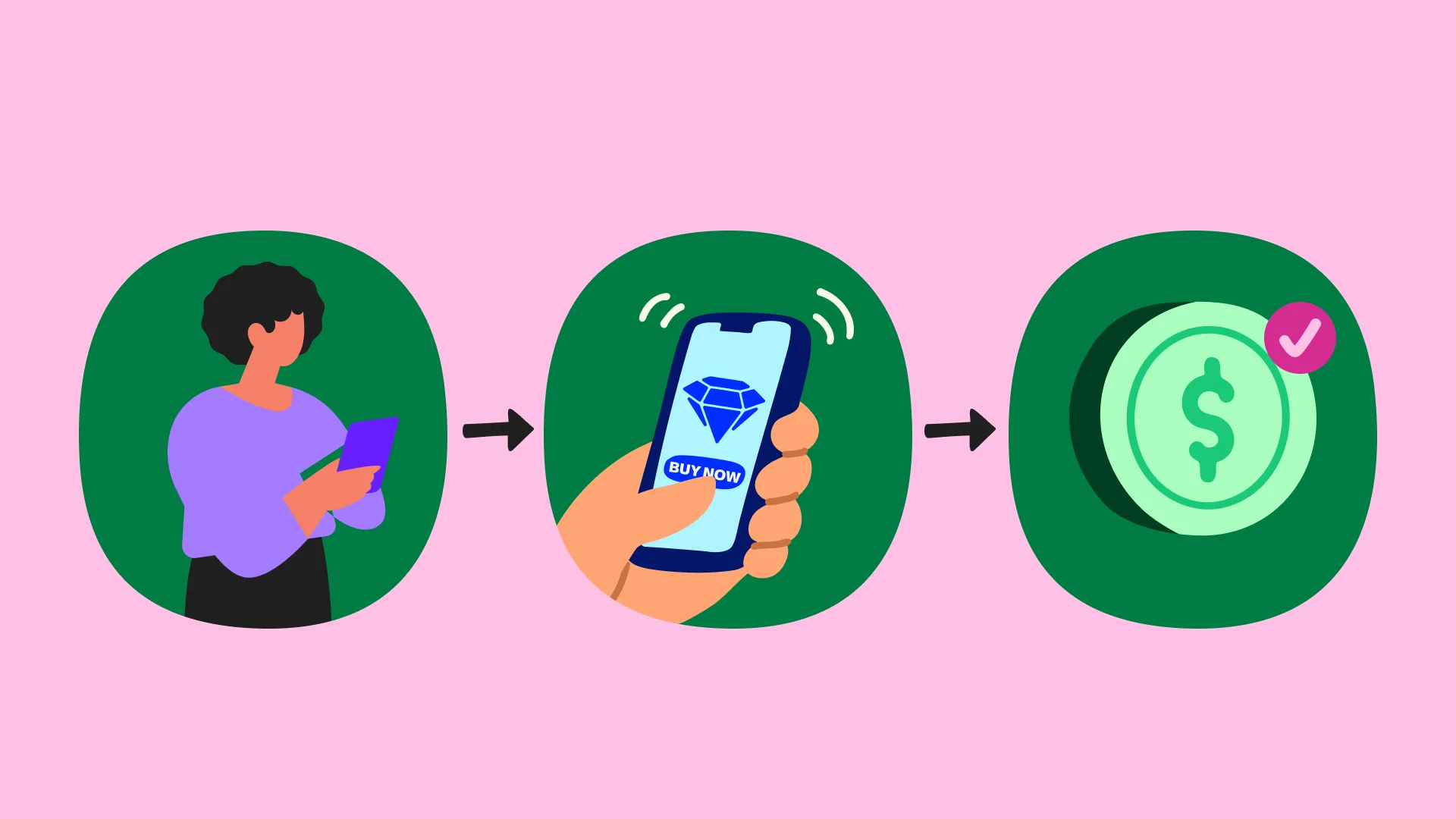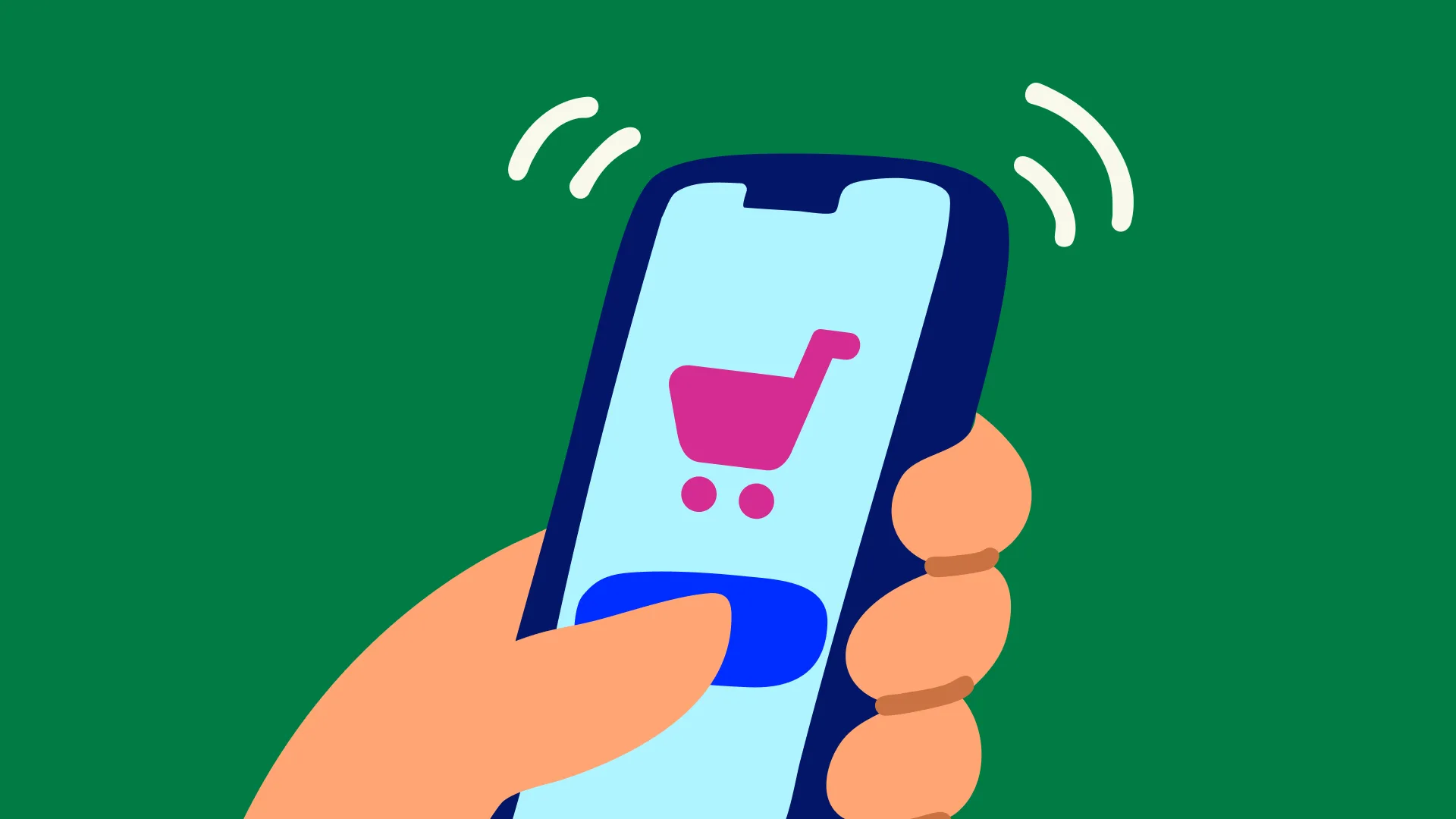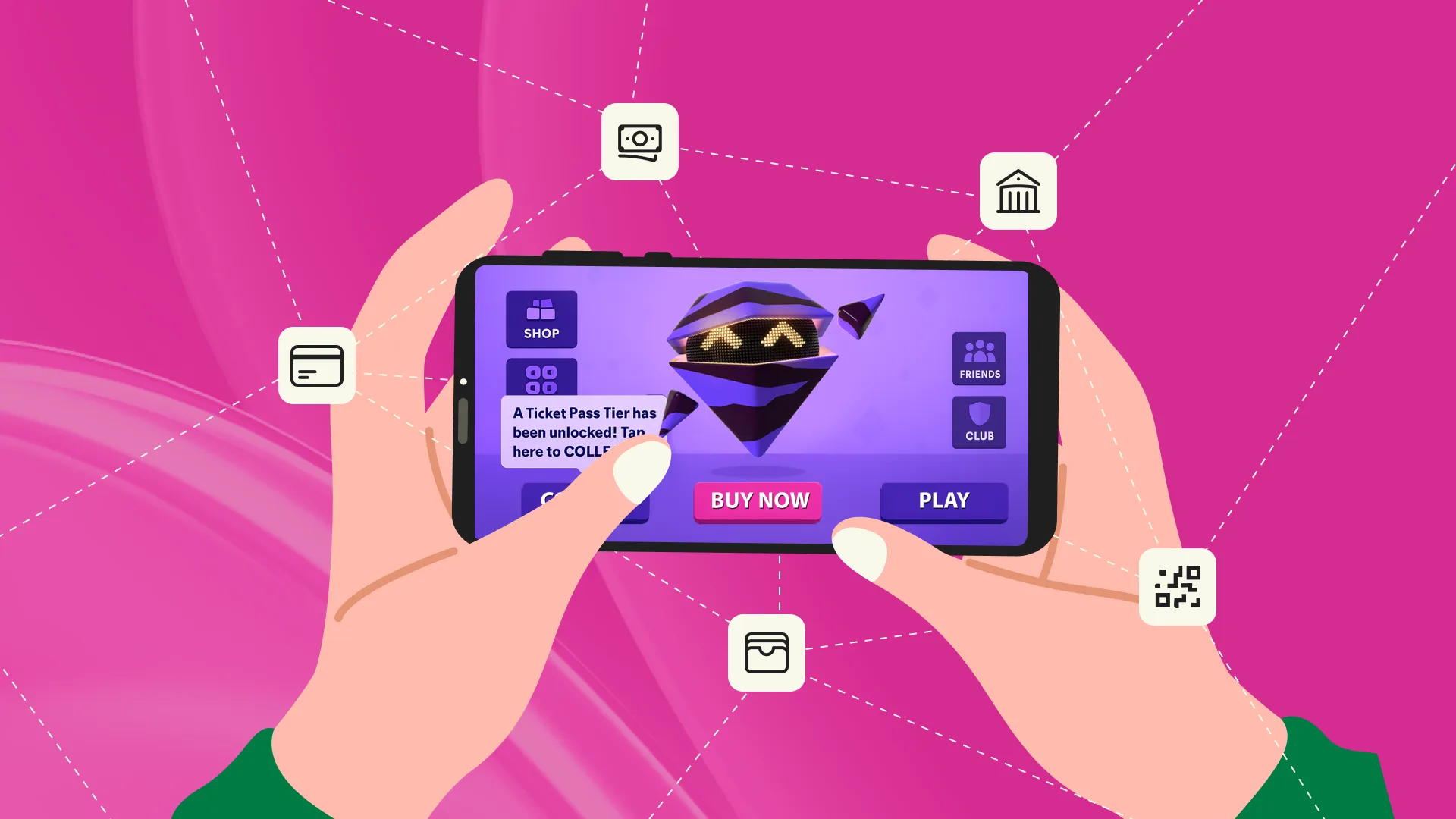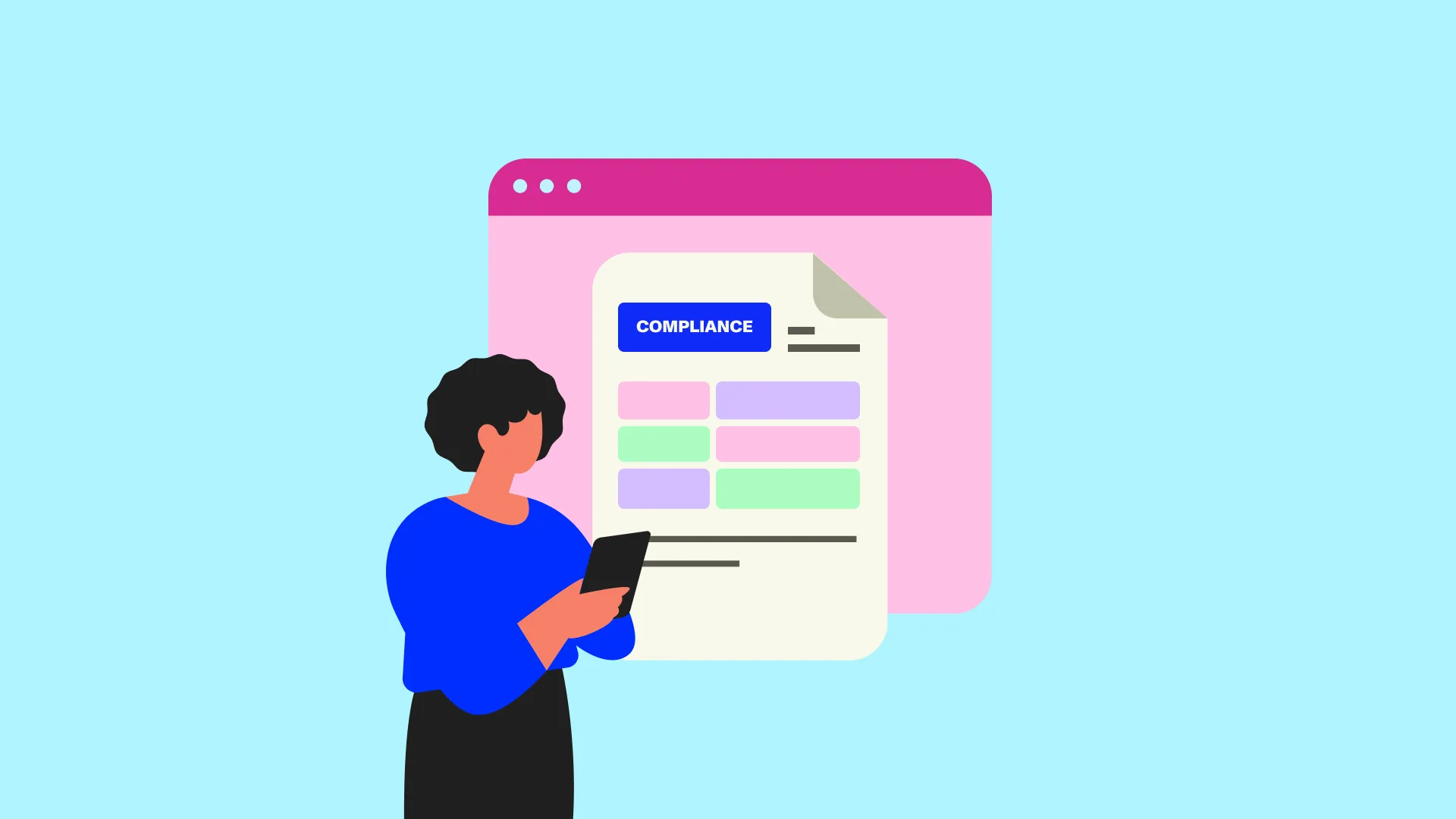📘 Top 10 Questions for Publishers Answered: Apple’s EU DMA Compliance (2025 Update)
Jul 25 2025
9 mins
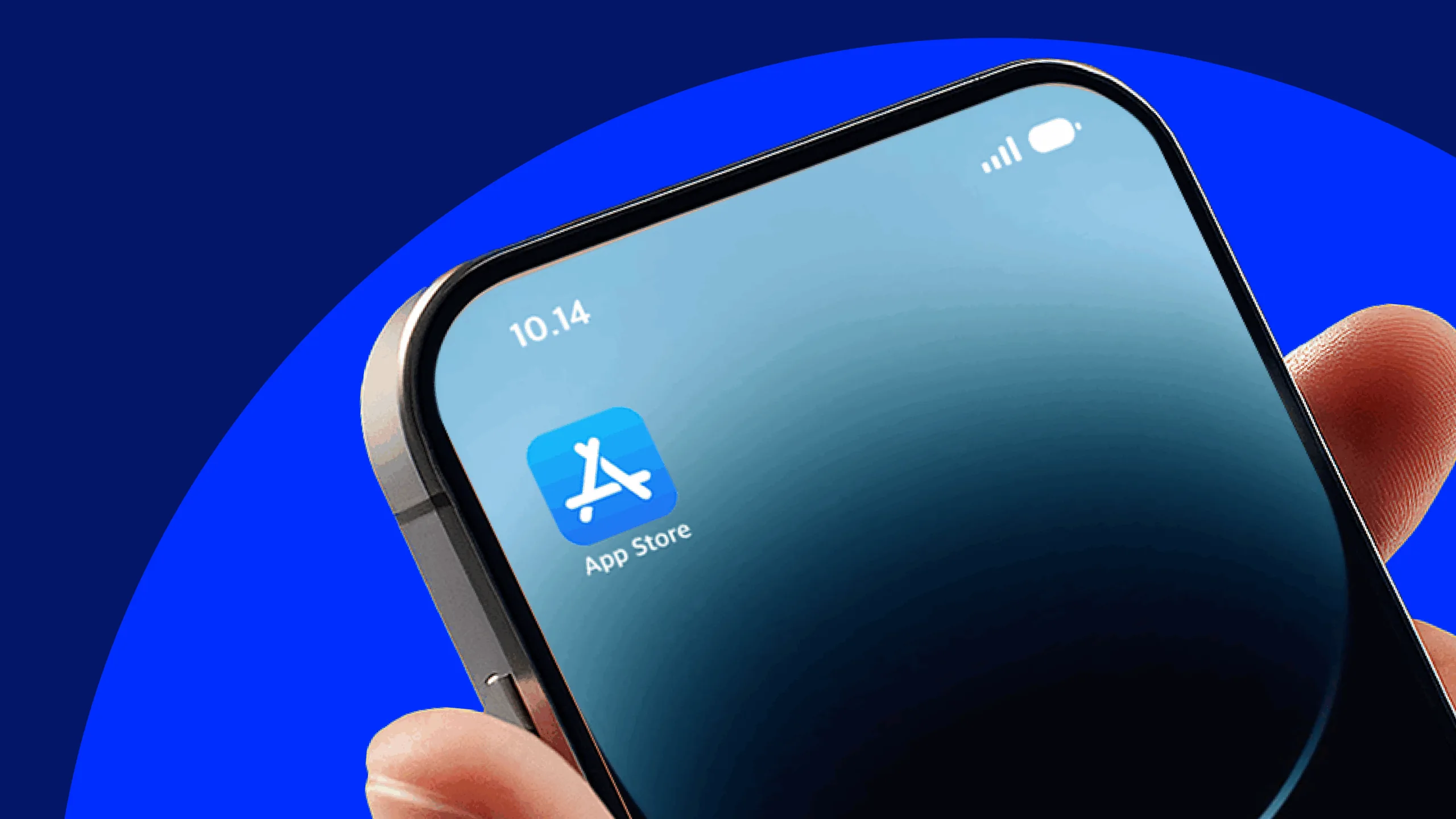
The EU Digital Markets Act (DMA) forces Apple to open up. Publishers can now link to web stores and manage payments their way. While Apple’s new terms add fees and friction, they also give you the chance to reduce App Store reliance and test new models with real upside. Here’s what this means for your business.
1. What’s changed under the EU Digital Markets Act (DMA)?
The DMA, enforced from March 2024, empowers developers by requiring designated gatekeepers like Apple to allow:
- Alternative payment systems (outside Apple’s in-app purchases system),
- Links from within iOS apps to external websites (for purchases or subscriptions),
- Browser engine choice, and more.
On 23 April 2025, the EU Commission found Apple in breach of its obligations under DMA. The Commission ruled that Apple’s anti-steering terms restricted developers from freely communicating and promoting external offers, and ordered Apple to remove those technical and commercial restrictions. Apple responded by updating its App Store policies on 26 June 2025. However, the revised policies include strict conditions and new fees and constraints that may offset or complicate the benefits for developers.
2. Can developers now link users from their apps to their own websites for payments?
Yes, but only under Apple’s new Link Entitlement program. This allows developers to include a link in their app directing EU users to their own web-based storefronts to process payments using their preferred payment methods, a key step toward owning the user relationship.
However, to use link-out:
- With the implementation of Apple’s new External Purchase Server API, you must report every external transaction back to Apple for commission calculation and collection
- You must choose between using Apple’s In-App Purchase (IAP) system exclusively or external links exclusively on any given EU storefront, preventing A/B testing
- Your app will need to display an Apple-mandated disclosure screen, warning users they’re leaving the App Store. This warning appears only on the first interaction, and users can disable them for future engagements within the same app.
- You’ll manage your own billing, fraud detection, refunds, and customer support, giving you full ownership of the user relationship.
3. Are there fees for using external links or third-party payment providers?
Yes – Apple still gets paid. Under the new Alternative Terms, you face tiered fees and services structure even if you don’t use Apple’s in-app purchase system.
- Tier 2 (enrolled by default): Access to Apple’s full suite of store services, with a 13% extra fee on your sales.
- Tier 1: You’ll pay a reduced 5% fee of your sales as a Core Technology Commission (CTC) fee, and have limited access to Apple Store’s services (see our response to question 7 below for more details).
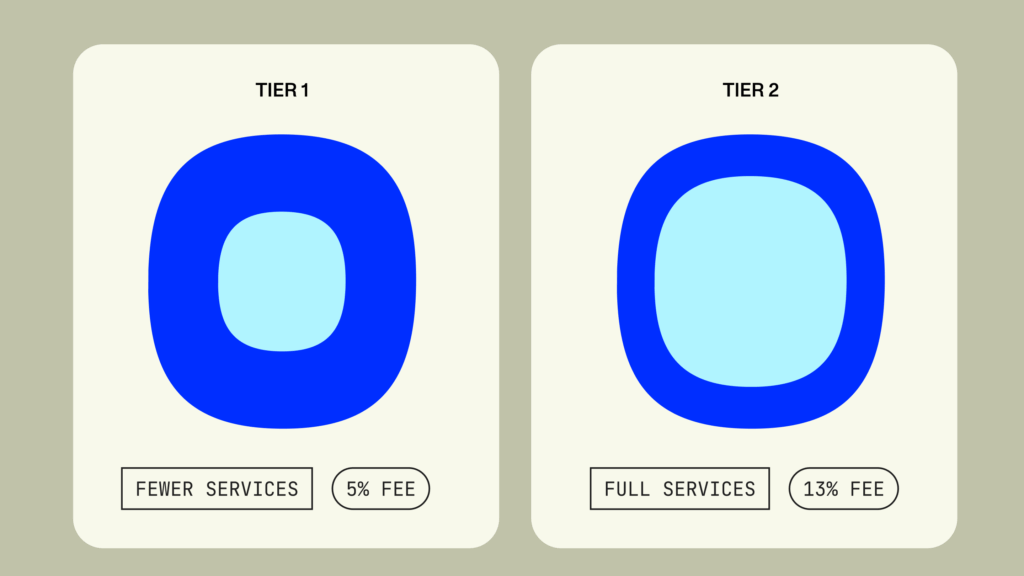
Under both tiers, there is a 2% acquisition fee on first-time user sales within the first 6 months, and developers must track and report external revenue to Apple.
If your app exceeds 1 million annual installs (across all distribution channels in the EU), you also pay Apple’s new €0.50 Core Technology Fee per install per year. For many developers, the potential revenue lift and data ownership justify the tradeoff from this added complexity.
4. How is the commission enforced for off-app payments?
Apple requires developers who use external payment options or links to:
- Report all revenue generated through these pathways.
- Agree to audits and tracking obligations.
If Apple determines under-reporting, it can terminate your access to the alternative terms. This introduces heavier compliance and operational responsibilities for publishers using non-IAP flows.
5. What are the practical limitations of linking out?
Besides the fees, developers face additional considerations:
- Mandatory Apple-designed warning screens introduce an extra step in the customer journey and may reduce conversion.
- Link-out cannot be used for physical goods or services (only digital content).
- If developers opt for a lower Tier 1 fee structure, they lose out on key Apple Store features such as automatic app updates, respond to user reviews, search suggestions, Apple games app, etc (full list here).
The overall user experience is constrained, and the flow is designed to favor Apple’s in-app purchase system instead. Developers must ensure optimization in conversion flows to encourage lesser drop-offs. In markets where user payment preferences lean local, such as in Asia, link-outs can unlock stronger lifetime value and lower churn as players pay their way.
6. What if I want to use a third-party payment SDK directly in my app instead of linking out?
You can, but similar limitations apply:
- You must use Apple’s External Payment Entitlement.
- You still pay the commission.
- You must handle support, fraud, security, and regulatory compliance independently.
Some developers may find this route slightly more streamlined than link-out (e.g., fewer redirect screens), but it still lacks Apple’s native interface and built-in protections.
7. How does Apple’s new Core Technology Fee work?
Apple’s “new” Core Technology Fee (CTF) refers to an evolving concept, as Apple has transitioned from an initial per-install fee to a new percentage-based commission.
Here’s how it works:
- Original Core Technology Fee (CTF):
- What it was: Introduced in early 2024, it was a fee of €0.50 (or 0.50 EUR) levied on each “first annual install” of an app.
- When it applied: This fee kicked in after an app crossed a threshold of one million installs in the EU.
- Who paid: It was payable by any developer who opted into Apple’s new alternative business terms, regardless of whether the app generated any revenue from those installs.
- Criticism: This model was widely criticized as a “poison pill” for freemium apps, as a popular free app could accumulate significant fees without commensurate revenue. Surveys indicated it was a major deterrent for developers.
- New Core Technology Commission (CTC):
- Successor: In June 2025, Apple introduced the Core Technology Commission (CTC) as the successor to the CTF.
- What it is: The CTC is a 5% commission on all sales of digital goods and services.
- When it applies: This 5% fee applies to transactions made through apps that have opted into Apple’s new business terms and are using actionable links to external payment systems. It’s a baseline fee for using the core operating system, developer tools, and technologies.
- Transition: Apple’s stated goal is to move all EU developers to a single, unified business model based on the CTC by January 1, 2026, which will eliminate per-install billing entirely. Currently, a temporary dual system exists where developers under alternative terms may still pay the CTF, while those using external purchase links pay the new CTC.
In essence, Apple is shifting from a fixed per-install charge that penalized free app growth to a percentage-based commission that aligns with revenue, positioning itself as a “platform licensor” rather than just a “store owner”.
8. Do these changes affect App Review or functionality?
Yes, both App Review processes and app functionality are impacted, particularly depending on the Store Services Tier a developer chooses.
Here’s how:
- App Review:
- Basic trust and safety reviews, including Apple’s “Notarization” process, are still mandatory for all apps, regardless of their distribution channel.
- However, if a developer’s app uses Store Services Tier 1 in any EU storefront, expedited app reviews become unavailable for that app.
- Functionality (Store Services Tiers):
Apple has introduced a two-tier system for App Store services in the EU- Tier 1 (Basic Services – 5% fee): This tier includes essential services such as app delivery, basic trust and safety, app management, and manual app updates. Crucially, it omits features vital for app discovery, growth, and user retention, including:
- Automatic app updates
- Access to ratings and reviews on the product page
- Inclusion in search suggestions, broad match search, and natural language search
- App Store marketing tools, featuring, and personalized recommendations
- Detailed performance analytics and dashboards
- Tier 2 (Full Service – 13% fee): This optional tier maintains access to all traditional App Store features listed above, which are considered crucial for user acquisition and retention
- Tier 1 (Basic Services – 5% fee): This tier includes essential services such as app delivery, basic trust and safety, app management, and manual app updates. Crucially, it omits features vital for app discovery, growth, and user retention, including:
These changes create a strategic dilemma for developers, where a lower fee may come at the cost of significantly reduced visibility and management features on the App Store.
9. After all this, is switching to alternative terms worth it?
There’s no universal answer, but many developers are proceeding carefully. While Apple’s alternative terms may seem cost-effective at first glance, the reality is that they introduce significant new fees, friction, and operational overhead, all to gate developers from linking out.
That said, publishers also don’t want to miss a rare strategic opening. For the first time, there’s a legal pathway to reduce Apple’s 30% cut – and many developers are exploring it experimentally, not just theoretically.
Switching to Apple’s alternative terms under the EU Digital Markets Act is a complex strategic decision with no universal “yes” or “no” answer, and it depends heavily on a developer’s specific app, scale, and capabilities.
✅ What we’re seeing partners do:
- Start small: Test the new flow on smaller titles and apps, using link-out.
- Set clear KPIs: Measure not just payment conversion and revenue impact, but also discoverability, churn, funnel drop-off (especially post-warning screen), and support tickets.
- Use regional or platform segmentation: Some publishers limit the test to select countries (e.g. Germany or France) or to Android-like monetization segments to avoid brand-wide disruption.
We support partners through these tests by:
- Tracking and attributing off-app transactions.
- Analyzing impact across conversion, customer lifetime value, and support costs.
Bottom line: Most developers aren’t making a full switch, but the ones focused on revenue maximization are testing and learning, so they’re better prepared to capture the opportunity when the economics or regulations shift again.
10. What happens next – will these terms evolve?
Yes. Apple is under ongoing scrutiny as it can be argued that Apple is not “DMA-compliant in spirit,” particularly with concerns that fees and UX hurdles are discouraging adoption of external payment options.
Publishers should expect potential changes, especially if the EU pushes back or court challenges unfold. The situation is dynamic – consistent tracking of the regulatory landscape, strategic nimbleness, and experimentation are key to maximizing revenue opportunities. Developers should stay informed and ready to adapt to capture these strategic shifts.
Want to explore alternative payment methods for your digital business? The right partner makes all the difference. Contact us to learn how you can unlock more value from every transaction.
© 2025 Coda Payments Pte. Ltd
Site Credits



